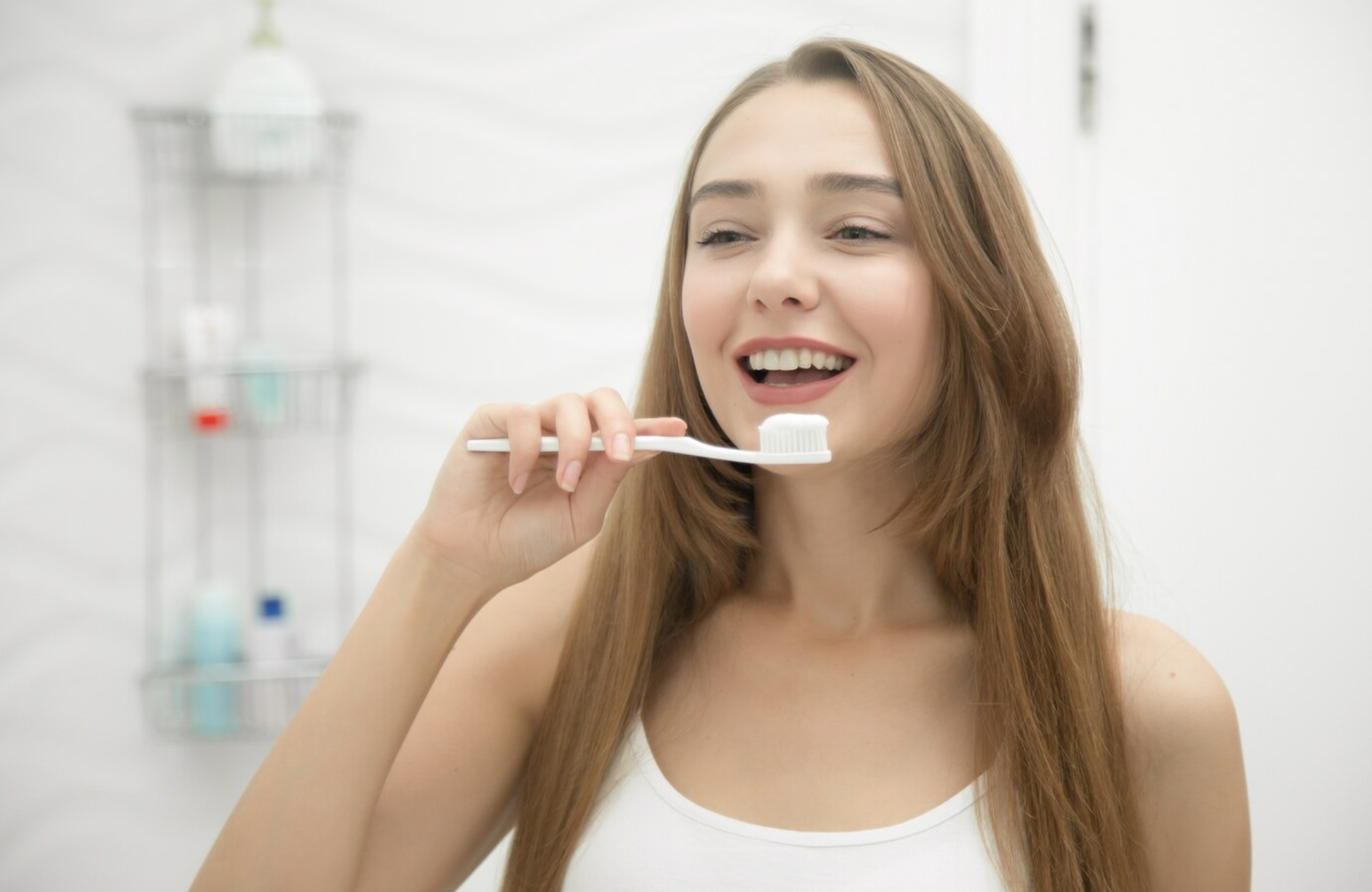We are not a registered Medicare/Medicaid Provider
Should You Brush Your Teeth After Using Whitening Strips?

In the pursuit of a brighter, more radiant smile, many turn to teeth-whitening products like whitening strips. These thin, flexible strips coated with a whitening gel promise to remove stains and lighten the shade of teeth. However, a common question that arises among users is whether they should brush their teeth immediately after using whitening strips. In this article, we delve into the science behind teeth whitening and explore the best practices for maintaining oral health post-whitening treatment.
Understanding Teeth Whitening:
Before delving into the post-whitening routine, it’s essential to grasp the basics of how teeth whitening works. The primary ingredient in most whitening strips is hydrogen peroxide or carbamide peroxide. These bleaching agents penetrate the enamel and break down stains, revealing a brighter smile. While effective, whitening strips can cause temporary tooth sensitivity due to their chemical action on the enamel.
The Need for Oral Hygiene:
Maintaining proper oral hygiene is crucial, regardless of whether you’re using whitening strips or not. Regular brushing, flossing, and dental check-ups are vital for preventing cavities, gum disease, and maintaining overall oral health. However, the timing of these activities concerning whitening treatment is a matter of debate among dental professionals.
The Case for Post-Whitening Brushing:
Some argue that brushing immediately after using whitening strips can help remove any residual whitening gel and prevent it from lingering on the teeth. Additionally, brushing can aid in removing surface stains and plaque, further enhancing the whitening effect. Proponents of this approach recommend using a soft-bristled toothbrush and a non-abrasive toothpaste to avoid damaging the enamel, which may be temporarily weakened after whitening.
The Argument Against Immediate Brushing:
On the other hand, some dental professionals advise against brushing immediately after whitening. They argue that the enamel becomes more porous and susceptible to abrasion following whitening treatment. Brushing too soon can potentially exacerbate enamel erosion and increase tooth sensitivity. Instead, they recommend waiting at least 30 minutes to an hour before brushing to allow the enamel to remineralize and regain its strength.
Best Practices for Post-Whitening Care:
Finding the right balance between maintaining oral hygiene and preserving the integrity of the enamel is key to post-whitening care. Here are some recommended best practices:
- Rinse Thoroughly: After removing the whitening strips, rinse your mouth thoroughly with water to remove any residual gel.
- Wait Before Brushing: Allow sufficient time for the enamel to remineralize before brushing. Waiting 30 minutes to an hour is generally recommended.
- Use a Soft-Bristled Toothbrush: Opt for a soft-bristled toothbrush to minimize enamel abrasion and gently remove surface stains.
- Choose a Non-Abrasive Toothpaste: Select a toothpaste that is gentle on the enamel and does not contain harsh abrasives.
- Maintain Regular Oral Hygiene: Continue to brush and floss regularly to prevent plaque buildup and maintain overall oral health.
Consult Your Dentist:
Ultimately, the decision of whether to brush immediately after using whitening strips should be based on individual factors such as tooth sensitivity and enamel health. It’s always best to consult with your dentist for personalized advice tailored to your specific needs. Your dentist can assess your oral health and provide guidance on the most appropriate post-whitening care routine.
Teeth whitening strips can be an effective solution for achieving a brighter smile, but proper post-whitening care is essential to maintain oral health. While some advocate for immediate brushing to enhance the whitening effect, others advise caution to prevent enamel damage. By following best practices and consulting with your dentist, you can achieve the desired results without compromising the health of your teeth. Remember, a radiant smile is not just about appearance but also about ensuring the long-term well-being of your teeth and gums.

